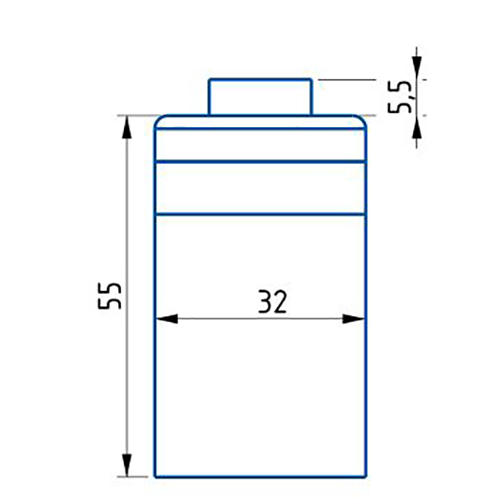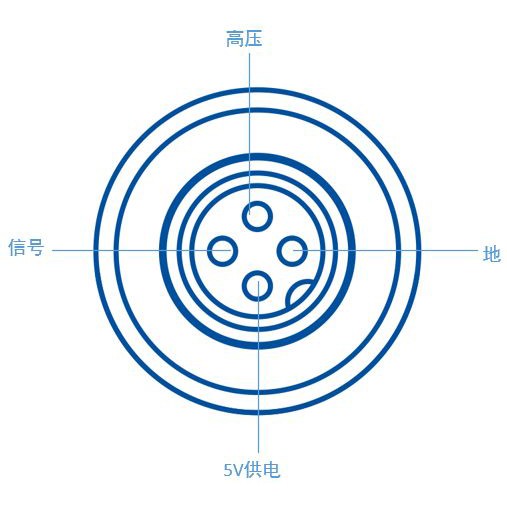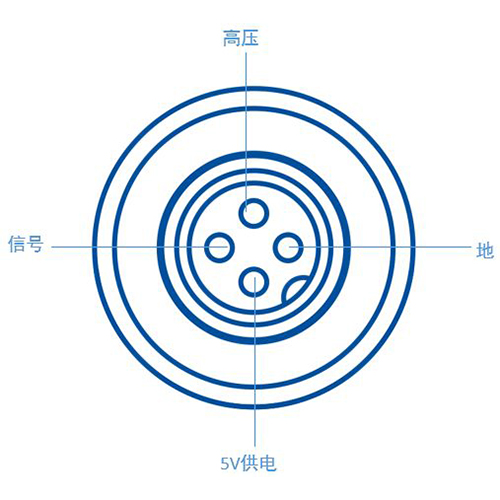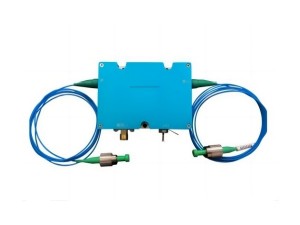SiPM Detector, SiPM scintillator detector
Product Introduction
Kinheng can provide scintillator detectors based on PMT, SiPM, PD for radiation spectrometer, personal dosimeter, security imaging and other fields.
1. SD series detector
2. ID series detector
3. Low energy X-ray detector
4. SiPM series detector
5. PD series detector
|
Products |
|||||
|
Series |
Model No. |
Description |
Input |
Output |
Connector |
|
PS |
PS-1 |
Electronic module with socket, 1”PMT |
14 Pins |
|
|
|
PS-2 |
Electronic module with socket& high/ low power supply-2”PMT |
14Pins |
|
|
|
| SD |
SD-1 |
Detector. Integrated 1” NaI(Tl) and 1”PMT for Gamma ray |
|
14 Pins |
|
|
SD-2 |
Detector. Integrated 2” NaI(Tl) and 2”PMT for Gamma ray |
|
14Pins |
|
|
|
SD-2L |
Detector. Integrated 2L NaI(Tl) and 3”PMT for Gamma ray |
|
14 Pins |
|
|
|
SD-4L |
Detector. Integrated 4L NaI(Tl) and 3”PMT for Gamma ray |
|
14 Pins |
|
|
| ID |
ID-1 |
Integrated Detector, with 1” NaI(Tl), PMT, electronics module for Gamma ray. |
|
|
GX16 |
|
ID-2 |
Integrated Detector, with 2” NaI(Tl), PMT, electronics module for Gamma ray. |
|
|
GX16 |
|
|
ID-2L |
Integrated Detector, with 2L NaI(Tl), PMT, electronics module for Gamma ray. |
|
|
GX16 |
|
|
ID-4L |
Integrated Detector, with 4L NaI(Tl), PMT, electronics module for Gamma ray. |
|
|
GX16 |
|
|
MCA |
MCA-1024 |
MCA, USB type-1024 Channel |
14 Pins |
|
|
|
MCA-2048 |
MCA, USB type-2048 Channel |
14Pins |
|
|
|
|
MCA-X |
MCA, GX16 type Connector-1024~32768 channels available |
14Pins |
|
|
|
|
HV |
H-1 |
HV Module |
|
|
|
|
HA-1 |
HV Adjustable Module |
|
|
|
|
|
HL-1 |
High/Low Voltage |
|
|
|
|
|
HLA-1 |
High/Low Adjustable Voltage |
|
|
|
|
|
X |
X-1 |
Integrated detector-X ray 1” Crystal |
|
|
GX16 |
|
S |
S-1 |
SIPM Integrated Detector |
|
|
GX16 |
|
S-2 |
SIPM Integrated Detector |
|
|
GX16 |
|
SD series detectors encapsulate crystal and PMT into one housing, which overcomes the hygroscopic disadvantage of some crystals including NaI(Tl), LaBr3:Ce, CLYC. When packaging PMT, internal geomagnetic shielding material reduced the influence of geomagnetic field on the detector. Applicable for pulse counting, energy spectrum measurement and radiation dose measurement.
| PS-Plug Socket Module |
| SD- Separated Detector |
| ID-Integrated Detector |
| H- High Voltage |
| HL- Fixed High/Low Voltage |
| AH- Adjustable High Voltage |
| AHL- Adjustable High/Low Voltage |
| MCA-Multi Channel Analyzer |
| X-ray Detector |
| S-SiPM Detector |

S-1Dimension

S-1 Connector

S-2 Dimension

S-2 Connector
Properties
| Type Properties |
S-1 |
S-2 |
| Crystal Size | 1” | 2” |
| SIPM | 6x6mm | 6x6mm |
| SIPM Numbers | 1~4 | 1~16 |
| Storage Temperature | -20 ~ 70℃ | -20 ~ 70℃ |
| Operation Temperature | -10~ 40℃ | -10~ 40℃ |
| HV | 26~+31V | 26~+31V |
| Scintillator | NaI(Tl),CsI(Tl),GAGG,CeBr3,LaBr3 | NaI(Tl),CsI(Tl),GAGG,CeBr3,LaBr3 |
| Humidity | ≤70% | ≤70% |
| Signal Amplitude | -50mv | -50mv |
| Energy Resolution | <8% | <8% |
Application
Radiation dose measurement is the process of quantifying the amount of radiation to which a person or object is exposed. It is an important aspect of radiation safety and is commonly used in industries such as healthcare, nuclear energy and research. Radiation dosimetry is critical to assessing potential health risks, determining appropriate safety protocols, and ensuring compliance with regulatory standards. Regular monitoring of radiation dose helps protect individuals from overexposure and minimizes potential adverse effects of radiation.
Energy measurement refers to the process of quantifying the amount of energy present in a system or being transferred between systems. Energy is a fundamental concept in physics and is defined as the ability to do work or cause changes in a system. X-RAY Gamma Ray energy can be measured using devices such as photodetectors.
Spectrum analysis, also known as spectroscopy or spectral analysis, is a science and technology for studying and analyzing various components of complex signals or substances based on their spectral properties. It involves the measurement and interpretation of energy or intensity distributions at different wavelengths or frequencies.
Nuclide identification is commonly used in the fields of nuclear physics, nuclear chemistry, and radiation detection. It involves analyzing the radiation emitted by nuclides and determining the specific types of nuclides present. There are various methods for nuclide identification depending on the purpose and application such as: Gamma spectroscopy, Alpha energy spectrum, Beta Spectroscopy, Mass spectrometry, Neutron Activation Analysis, etc. Each method has its advantages and limitations, and the choice of technique depends on the specific requirements of the analysis. Nuclide identification plays a vital role in fields as diverse as nuclear energy, medical diagnostics, environmental monitoring, and forensics.














